Amazing Companion Plants For Mandevillas
Amazing Companion Plants for Mandevillas
Mandevillas are beautiful, tropical vines that can add a touch of elegance to any garden. They're also relatively easy to care for, making them a popular choice for both experienced and novice gardeners.
If you're thinking about adding mandevillas to your garden, you may be wondering what companion plants would work well with them. Here are a few of our favorites:
- Tropical hibiscus: These large, colorful flowers are a perfect complement to the smaller, more delicate blooms of mandevillas. They also have similar growing requirements, so they'll thrive in the same conditions.

- Dipladenia: Dipladenias are another type of tropical vine that's closely related to mandevillas. They have similar flowers and foliage, so they make a great choice for companion planting.

- Coleus: Coleus are known for their brightly colored leaves, which come in a variety of shades, including red, orange, yellow, and green. They're a low-maintenance plant that can thrive in full sun or partial shade.
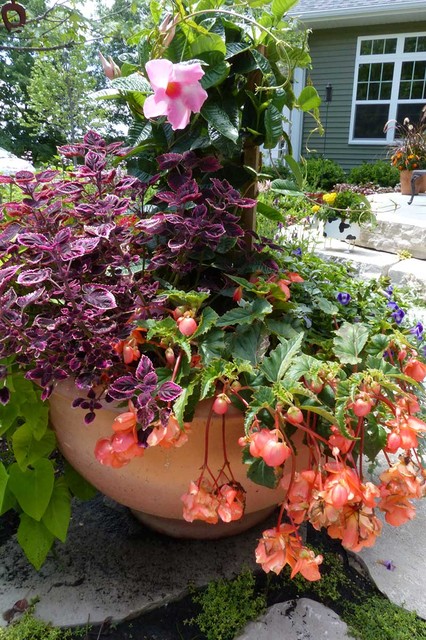
- Lantana: Lantanas are another colorful option for companion planting with mandevillas. They produce clusters of small, brightly colored flowers that bloom throughout the summer. Lantanas are also deer-resistant, so they're a good choice if you have a problem with deer in your garden.

- Ferns: Ferns add a touch of lushness and greenery to any garden. They also provide shade for mandevillas, which can help to prevent them from getting too hot.

- Neon pothos: Neon pothos is a vining plant with bright green, heart-shaped leaves. It's a tropical plant that prefers bright, indirect sunlight. Neon pothos can be grown indoors or outdoors, and it's a relatively low-maintenance plant.

- Euphorbia hypericifolia 'Diamond Frost': This plant is also known as snow-on-the-mountain. It has small, white flowers that bloom throughout the summer. Euphorbia hypericifolia 'Diamond Frost' is a low-maintenance plant that can tolerate full sun or partial shade.
- Helichrysum petiolare (Licorice plant): This plant has small, gray-green leaves that have a licorice scent. It's a low-maintenance plant that can tolerate full sun or partial shade. Helichrysum petiolare (Licorice plant) is a deer-resistant plant, so it's a good choice if you have a problem with deer in your garden.
- Lobelia erinus (Trailing Lobelia): This plant has small, blue flowers that bloom throughout the summer. It's a low-maintenance plant that can tolerate full sun or partial shade. Lobelia erinus (Trailing Lobelia) is a deer-resistant plant, so it's a good choice if you have a problem with deer in your garden.
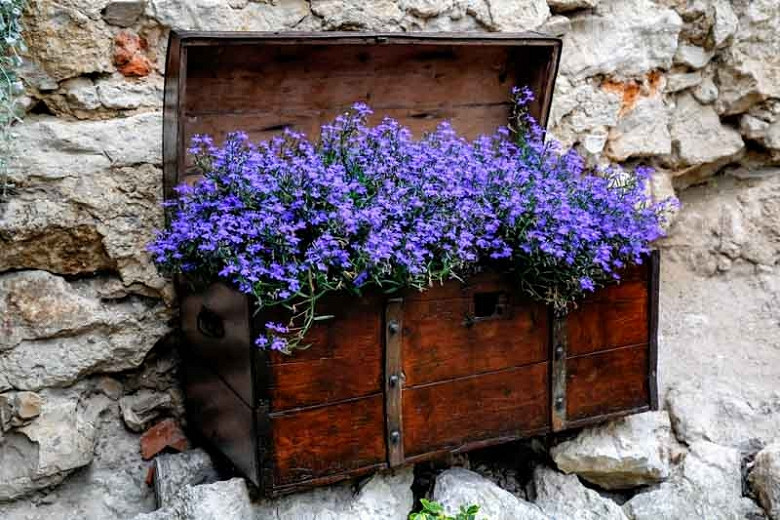
These are just a few of the many companion plants that can be grown with mandevillas. When choosing companion plants, it's important to consider the mandevillas' growing requirements, as well as the desired effect you want to achieve. For example, if you want to create a tropical oasis in your garden, you might choose to plant mandevillas with tropical hibiscus, dipladenias, and lantanas. If you want to add a touch of color and interest to your garden, you might choose to plant mandevillas with coleus, neon pothos, or other brightly colored plants.
No matter what your gardening goals are, there's sure to be a companion plant that's perfect for your mandevillas. With a little planning, you can create a beautiful and thriving garden that's full of color and life.
Mandevilla plants are beautiful and easy to care for, but they can look even better when planted with companion plants. Some good companion plants for mandevilla include:
- Tropical hibiscus: These plants have large, colorful flowers that bloom all summer long. They also enjoy the same sunny conditions as mandevilla.
- Dipladenia: These plants are similar to mandevilla, but they have smaller flowers and a more compact growth habit. They can be used to fill in the spaces between mandevilla vines.
- Coleus: These plants come in a wide variety of colors, from bright reds and oranges to deep purples and greens. They add a touch of color and interest to any garden.
- Lantana: These plants are known for their fragrant flowers that come in a variety of colors. They are also heat-tolerant and drought-tolerant, making them a good choice for warm climates.
For more information about mandevilla companion plants, visit Gardenia Inspiration. This website has a comprehensive list of companion plants for mandevilla, as well as tips on how to plant and care for them.
FAQ of mandevilla companion plants
- What are some good companion plants for mandevilla?
Mandevillas prefer full sun and well-drained soil. They can be grown in containers or in the ground. Some good companion plants for mandevilla include:
* Tropical hibiscus: These plants have similar growing conditions and can provide a colorful contrast to the mandevilla's white, pink, or red flowers.
* Angel trumpets: These plants also prefer full sun and well-drained soil. They have large, trumpet-shaped flowers that come in a variety of colors.
* Lavender: Lavender is a drought-tolerant plant that can help to attract pollinators to your garden. It also has a pleasant fragrance that can help to mask the mandevilla's strong scent.
* Coleus: Coleus is a colorful plant that can add some variety to your garden. It can be grown in containers or in the ground.
* Zinnia: Zinnias are easy-to-grow annuals that come in a variety of colors. They can provide a splash of color in your garden from early summer to fall.
- How far apart should mandevilla plants be planted?
Mandevilla plants can grow quite large, so it is important to plant them far enough apart so that they have enough room to spread. In general, you should plant mandevilla plants about 3 feet apart. If you are planting them in a container, make sure the container is large enough to accommodate their mature size.
- How much water do mandevilla plants need?
Mandevilla plants need regular watering, especially during the hot summer months. Water them deeply so that the water reaches the roots. Allow the soil to dry out slightly between waterings. If you live in a hot, dry climate, you may need to water your mandevilla plants daily.
- What kind of fertilizer do mandevilla plants need?
Mandevilla plants need a balanced fertilizer that is high in phosphorus. You can fertilize them every two weeks during the growing season. Be sure to dilute the fertilizer according to the directions on the label.
- How can I protect my mandevilla plants from pests and diseases?
Mandevilla plants are susceptible to a few pests and diseases, such as mealybugs, spider mites, and powdery mildew. You can prevent these problems by inspecting your plants regularly and taking steps to control pests and diseases as soon as they appear. Some preventive measures include:
* Watering your plants regularly: This will help to keep the leaves from drying out, which can make them more susceptible to pests and diseases.
* Keeping your plants well-ventilated: This will help to prevent the spread of pests and diseases.
* Inspecting your plants regularly: This will help you to catch any pests or diseases early on, when they are easier to control.
* Using insecticidal soap or neem oil: These natural pesticides can help to control pests such as mealybugs and spider mites.
* Spraying your plants with fungicide: This can help to prevent or control powdery mildew.
Image of mandevilla companion plants
Here are 5 different images of "mandevilla companion plants" from Pinterest:
- Agapanthus: These blue and white flowers bloom in the summer and early fall, and they can tolerate full sun and well-drained soil. They make a good companion plant for mandevilla because they have similar growing requirements.
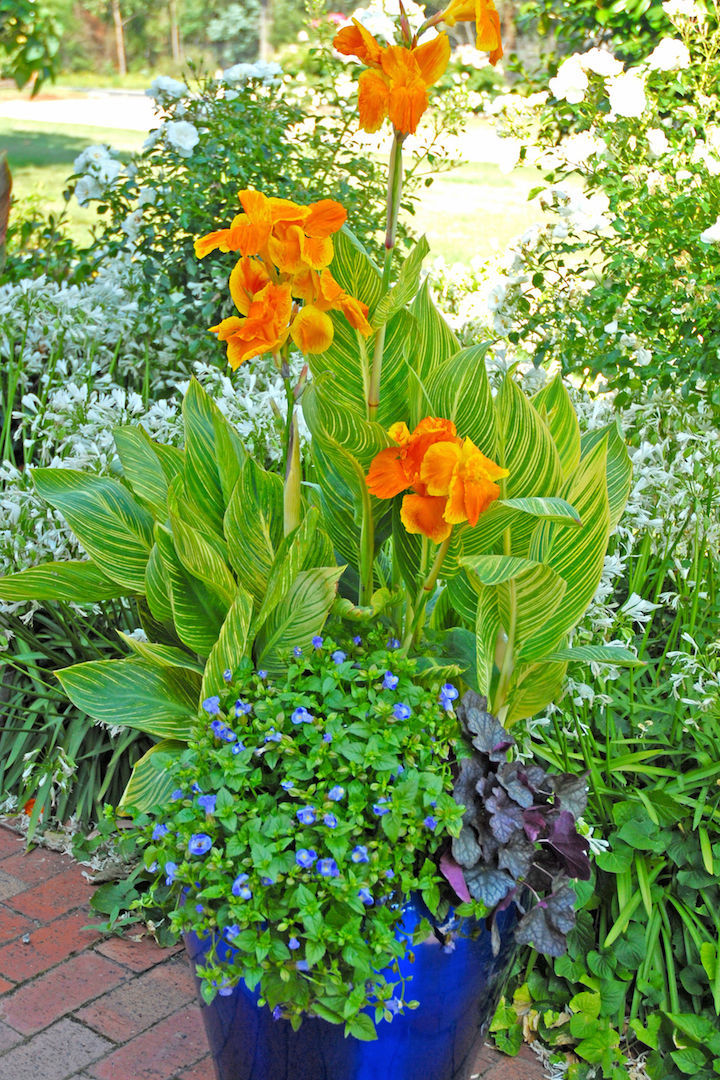
- Canna lilies: These tropical plants come in a variety of colors, including red, orange, yellow, and purple. They bloom in the summer and fall, and they prefer full sun and moist soil. Canna lilies can help to add height and drama to a mandevilla display.
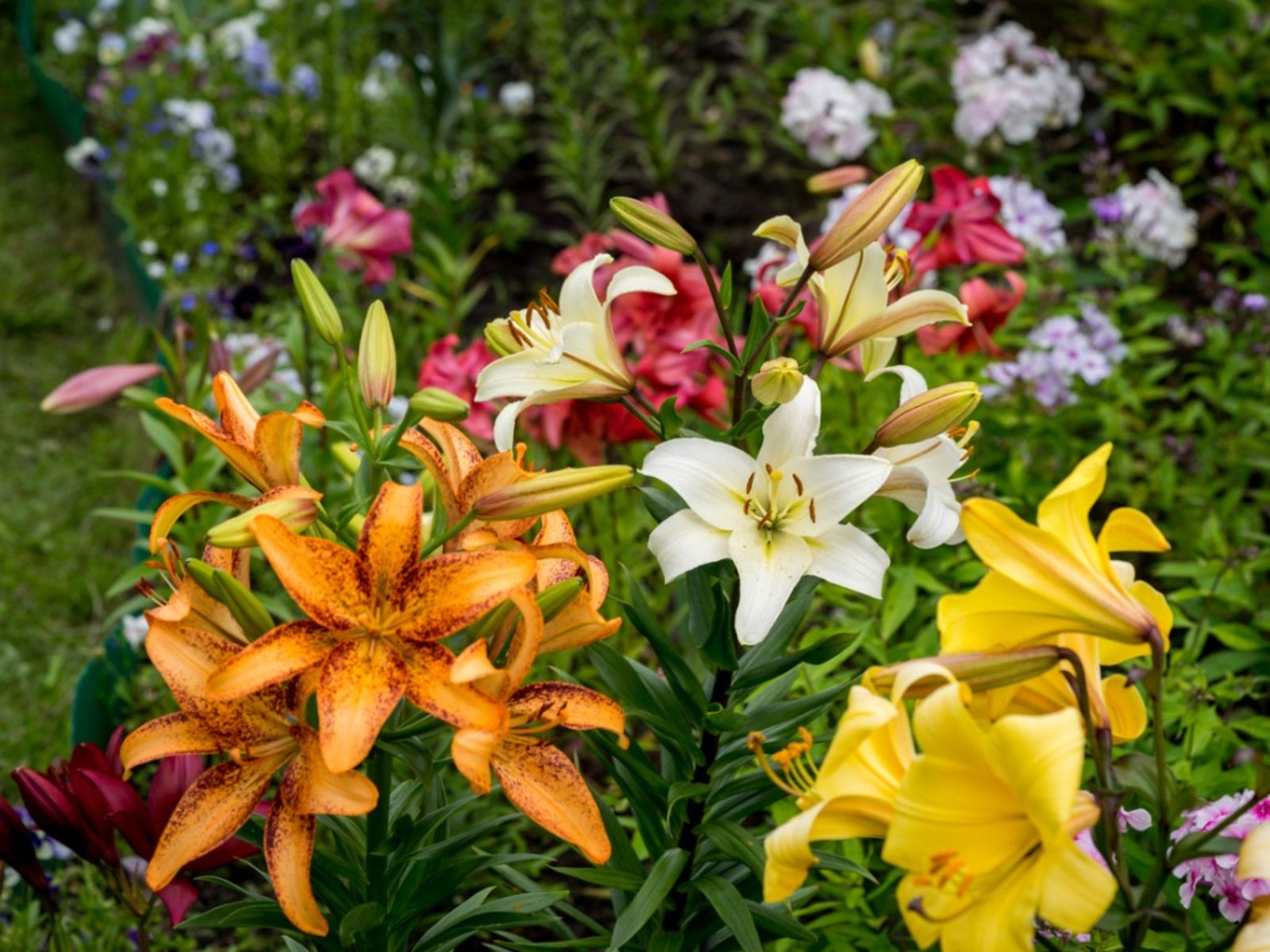
- Hibiscus: These large, colorful flowers bloom in the summer and fall. They prefer full sun and moist soil. Hibiscus can help to add a tropical touch to a mandevilla display.
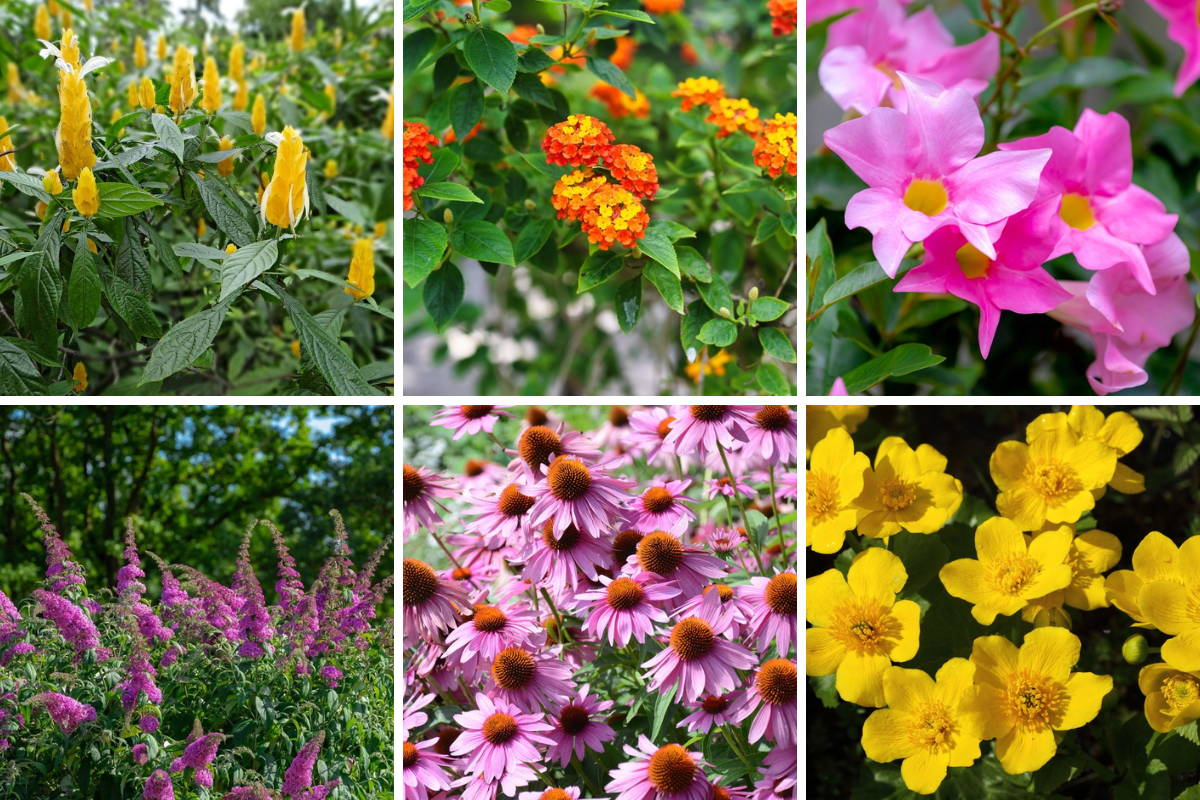
- Lavender: These fragrant flowers bloom in the summer. They prefer full sun and well-drained soil. Lavender can help to attract pollinators to a mandevilla display.

- Zinnia: These colorful flowers bloom in the summer and fall. They prefer full sun and well-drained soil. Zinnias can help to add a splash of color to a mandevilla display.



Post a Comment for " Amazing Companion Plants For Mandevillas"